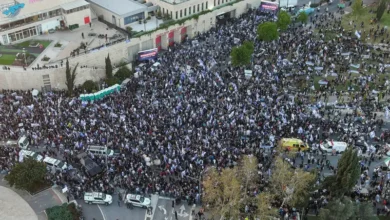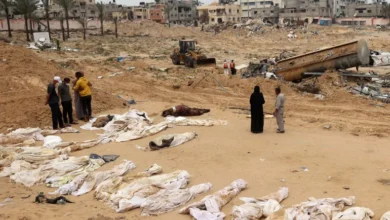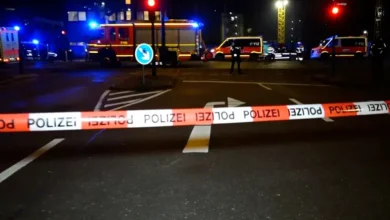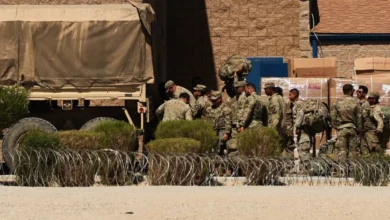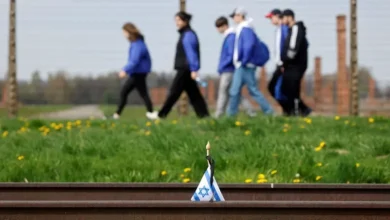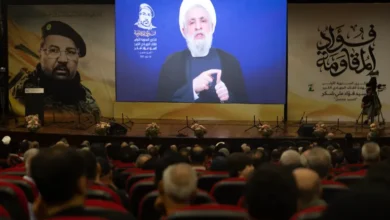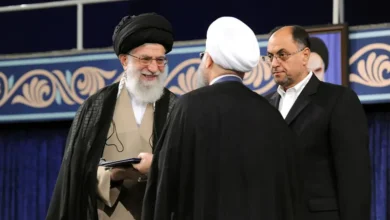How Israel pushed dotted ‘red lines’ to have its way in Rafah
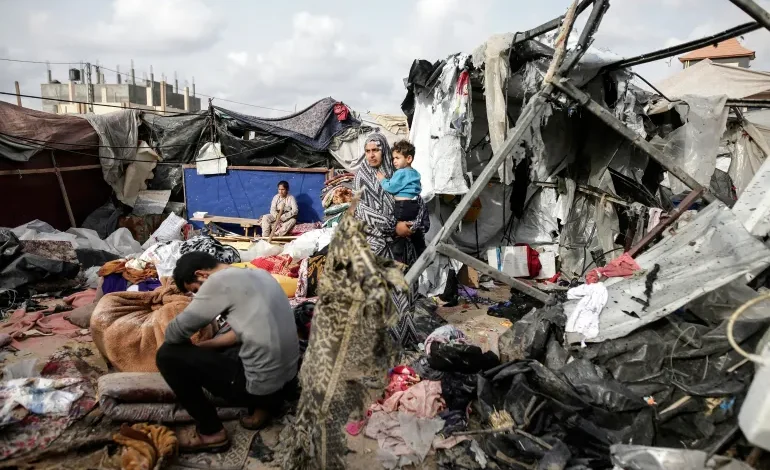
Israeli tanks have rolled into Rafah’s city centre and its army announced that it now controls the entire Philadelphi Corridor, the strip of land that runs along Egypt’s border with Gaza’s Rafah Governorate.
This violates the conditions of its treaty with Egypt that stipulate the strip, also known as the Salah al-Din Axis, is a buffer zone that Egypt oversees from its side of the border.
Israel had been threatening a “full-scale” land invasion of Rafah for months, much to the distress of the international community, which warned that such an attack would be a “red line”.
Then, a little over three weeks ago, on May 6, Israel said it wanted to execute a “limited operation” against Hamas targets in eastern Rafah.
It intensified air attacks on the area and ordered some 100,000 displaced Palestinians packed tightly there to evacuate to al-Mawasi which, aid organisations have said in horror, cannot support human life.
By the next day, it had taken control of the Rafah land crossing, a death knell for aid deliveries into the besieged and battered Gaza Strip and its starving people. Things only got worse for the 1.4 million people seeking refuge in Rafah from then on.In February, all European Union members – except Hungary – warned Israel against a full-scale military operation on Rafah and the staggering human cost it would cause.
In March, United States President Joe Biden said a major Israeli invasion of Rafah would violate his self-declared “red line”, unless arrangements were made to protect and evacuate civilians.
As it scaled up air strikes and a ground assault on Rafah, Israel’s lawyers were telling the International Court of Justice (ICJ) on May 17, that it would be a “localised” operation.
Israel then captured part of the Philadelphi Corridor between Gaza and Egypt, which sees the move as a threat to its national security and the treaty
Israel said it fired a precision missile at a target more than a kilometre away, ostensibly to kill two Hamas fighters and that the damage to the camp must have been caused by a fuel tank exploding.
At least 45 civilians – half of them children – were burned to death, decapitated or otherwise killed by the blast.
“Something I have learned from covering this conflict over the last eight months is that there are no red lines on this issue,” said Mairav Zonszein, a senior Israeli analyst with the International Crisis Group (ICG), a nonprofit dedicated to ending conflicts worldwide.
between them.
As its land forces crept deeper into Rafah from the east, Israel maintained its attacks on the western flank of the governorate.
On May 26, it struck a displacement camp in Tal as-Sultan west of Rafah; Gaza’s media office said Israel dropped a 900kg (2,000-pound) bomb on the camp.
